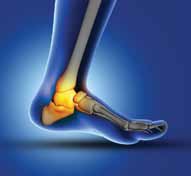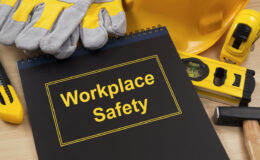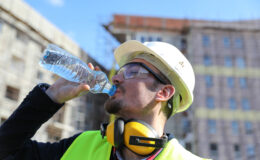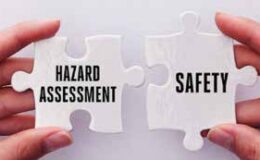By Donna Motley, Vice President of Claims
I received notice of litigation the other day regarding an injury that allegedly occurred many years ago. The injury did not occur while MTMIC was the Workers’ Compensation carrier, but we currently insure the employer where the employee works. The original injury occurred in 2002. That’s correct – the employee sustained an injury to his foot when he jumped off a truck 17 years ago, and he is now alleging “total disability”. The employee has been working these past 17 years, not necessarily without incident or treatment, but certainly there have been other circumstances in his life that may have had an impact on his feet!
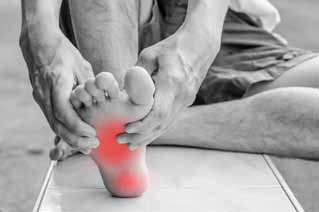
Our feet are comprised of 26 bones, 33 joints and more than 100 tendons, muscles and ligaments. Whether your shoe size is a woman’s size 7 or a man’s size 13, your foot is packed pretty tightly. Our feet bear the weight of our entire body, walking, standing or running. One fact I found indicated one pound of extra weight adds ten pounds of pressure to your feet and ankles. And obviously, “jumping off the back of a truck” would again increase that pressure on the feet, ankles, knees, hips and back.
There are a multitude of foot conditions that can plague your feet – plantar fasciitis (an inflammation of the tissue that connects the heel bone to the toes), heel spurs (an abnormal growth of bone on the bottom of your heel), metatarsalgia (pain and inflammation in the ball of your foot), Morton’s neuroma (a thickening of the tissue around the nerves between the bases of the toes), sesamoiditis (the tendons that connect the two bones near the big toe become inflamed), fallen arches (more commonly known as flat footed), Gout (a form of arthritis), bunions (a bony bulge on the edge of the foot next to the base of the big toe), hammer toes (toes that bend in the middle joint), ingrown toe nail (skin grows over the toe nail), Hallux Rigidus (a type of arthritis at the base of the big toe), corns and calluses (a buildup of tough skin), tendinitis (inflammation of the tendons – tendons are the bands that attach muscles to bones), neuropathy (nerve damage – usually diabetes related).
Think of your daily activities in relation to your feet – at work, at home and socially. The conditions listed above can, or usually, occur absent an injury. These conditions can affect your posture and gait. These foot conditions can also affect your knees, hips and back. So imagine coming to work with one of these conditions already present in your foot. You can see how easily someone may assume the condition is work related if your foot or feet start to bother you.
There are some simple remedies. Stretch your feet (toes and ankles); wear proper fitting shoes; utilize shoe inserts and cushions; don’t wait until your shoes are worn down to replace them. In today’s world, we have tons of shoes to choose from and shoe experts to assure a proper fit – whether you choose to wear work boots or athletic shoes. There are even socks that provide extra arch support and help cushion the feet.
Because the feet support our weight and bear the brunt of our activities, claims submitted for a foot injury are investigated in detail. A foot injury of an employee that is also diabetic faces a slower and somewhat more complicated treatment plan. We need to know, up front, what other factors exist to assure proper treatment and hopefully, a full recovery. It’s not difficult to injure a space that is approximately 12” x 6” with 26 bones, 33 joints and more than 100 tendons, muscles and ligaments. Our goal is to direct treatment to the appropriate specialist as soon as possible following injury. As noted above, litigation can commence at any time and we want to be prepared!

